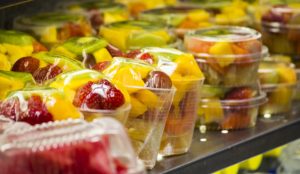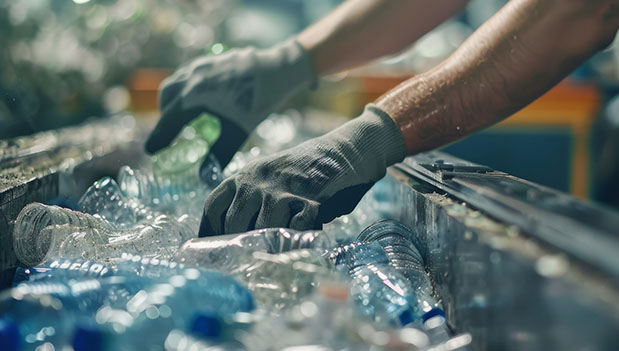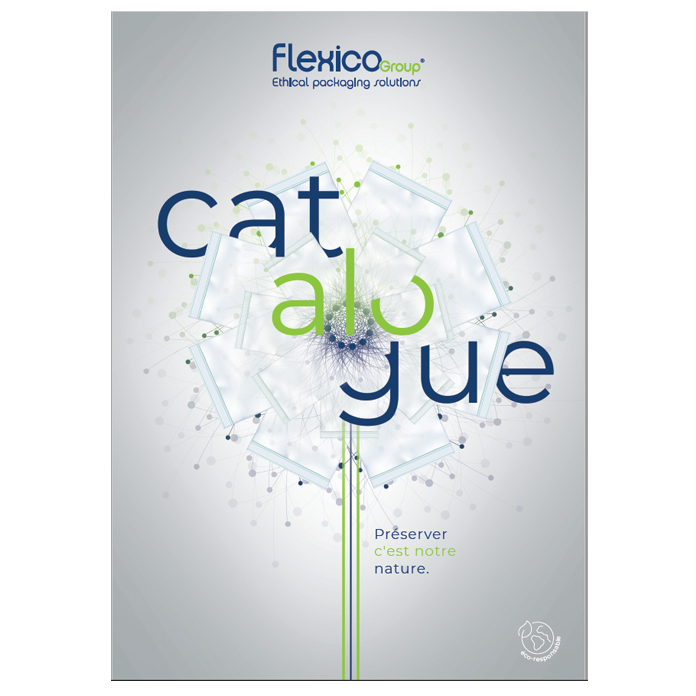
One of the purposes of packaging is to protect the products it contains. Looking specifically at food and drink, questions may arise. How can we be sure that the packaging will not degrade on contact with them? Will the material not pollute them? The European Regulation 1935/2004 of 27 October 2004 lays down a number of rules concerning the suitability of materials for contact with foodstuffs. These directives are still in force in 2020.
General principles of food contact suitability
These requirements apply to all materials that make up all or part of a number of objects. They cover two main themes, which encompass a multitude of areas to be considered: ensuring the harmlessness of materials and respecting migration thresholds.
Materials and objects concerned by food contact
Packaging, containers and kitchen utensils, dummies and soothers are among the objects covered by the regulation. In addition, materials, machines and equipment used in the production, storage or transport of food and drink are also concerned. Finally, it should be noted that the regulation applies to all stages of the life of foodstuffs, from production to consumption.
The main risks identified in the context of food contact
Elipso, the professional association representing plastic and flexible packaging manufacturers in France, has published a guide on packaging materials and articles in contact with foodstuffs, in the context of customer-supplier relations. This guide includes a risk analysis. These are classified into three families:
- physical risks
- chemical risks
- biological risks.
Firstly, the main physical risk is the presence of foreign bodies in the packaging. These can come from the container itself or from a mechanical part of the production line. The consequences for the consumer can be dramatic: choking, intestinal obstruction, etc.
With regard to chemical risks, we can mention, for example, the migration of ink or packaging components and contamination by machine lubricants. The effects of these chemical intrusions can be intoxication or more serious illnesses in the long term.
Finally, in terms of biological risk, the main one is contamination by micro-organisms. These are responsible for benign or more serious illnesses depending on the bacteria or virus concerned.
Preventive measures and controls to ensure suitability for food contact
To avoid these risks, good practice guides and standards have been published. They are applied by manufacturers at every stage of the process, from manufacture to sale. In addition, numerous controls are carried out, both by producers and by third-party organisations. These include independent analysis laboratories and the DGCCRF, the French General Directorate for Competition, Consumer Affairs and Fraud Control. Finally, storage rules are sometimes mentioned on the packaging, particularly for consumers.
Checks on suitability for food contact
Before being placed on the market, producers must draw up a declaration of compliance with the regulations. This document requires in particular that the constituents of each package and the products that will be contained inside be specified.
Numerous investigations and analyses are carried out by laboratories in order to verify the harmlessness of each material. Several parameters are tested: heating, exposure to light, acid attacks due to certain foodstuffs, etc. The aim is to define the best storage and preparation conditions for each package according to the foodstuffs and beverages it may contain.
Finally, the DGCCRF carries out random a posteriori checks to verify the conformity of the packaging. An article reports on its findings on this subject. Among these, it turns out that only 8% of the packaging tested did not comply with the regulations. However, the samples analysed showed that the levels of harmful components in the foodstuffs are mostly below the risk thresholds for human health.
Storage conditions of foodstuffs
In some cases, the safety of a package with regard to its contents depends on the storage conditions at the end of the chain. Consumers are therefore involved in this guarantee. To this end, food packaging sometimes includes information on storage conditions. For example, some products must be kept in a cool, dry place. Others must be stored in a dark place. Finally, some foodstuffs must be permanently refrigerated in order to maintain the cold chain.
A visual for packaging suitable for food contact
How can you tell if the packaging is suitable for food contact and complies with the points mentioned above? It’s easy: a visual display is mandatory. It can take the form of
a pictogram associating a glass and a fork ;
the words “for food contact”;
the words “suitable for food”.
However, this obligation does not apply to objects which, by their shape, are clearly intended for contact with food or drink. These include, for example, glasses, plates or cutlery. In other cases, if one of these statements is missing, the packaging should not be used to transport or store food.
To find out more about Flexico’s waste management policy, visit Flexico, an eco-responsible player.




